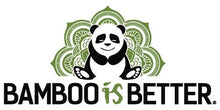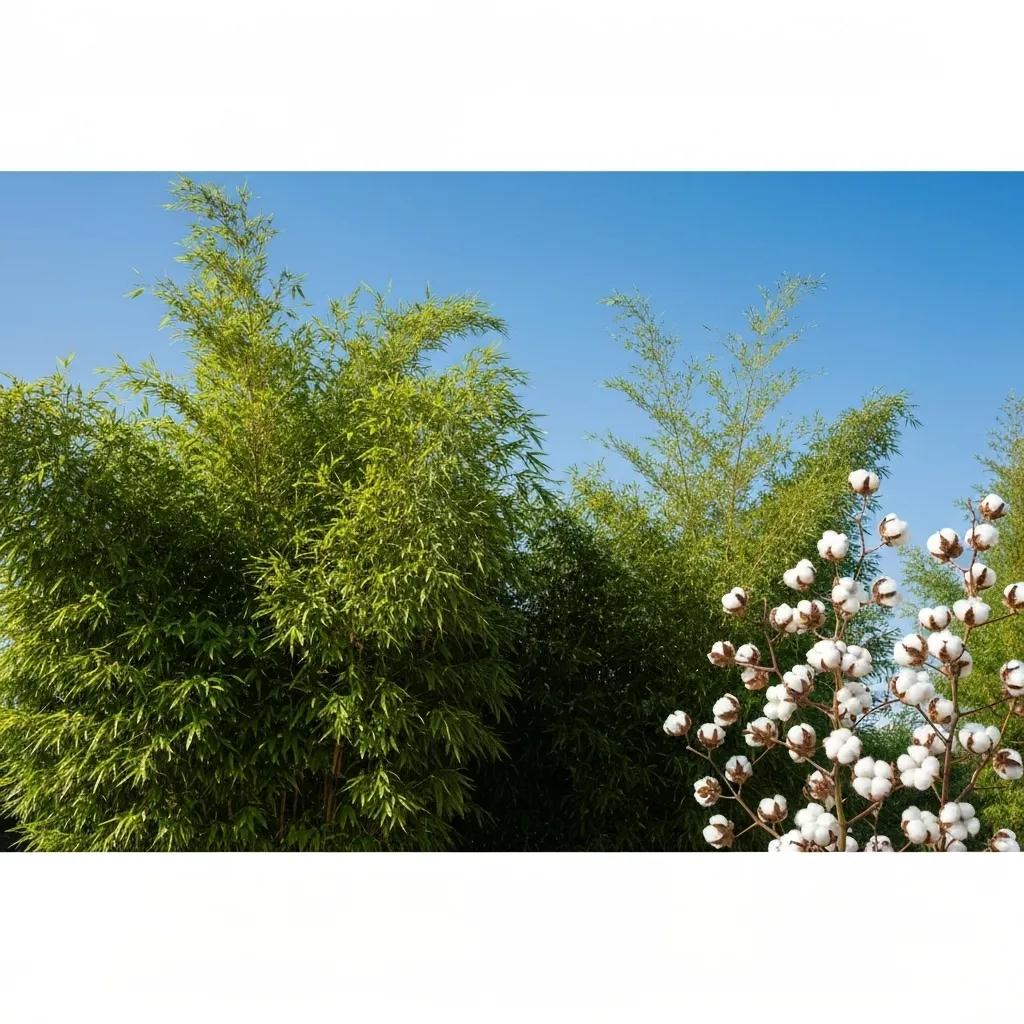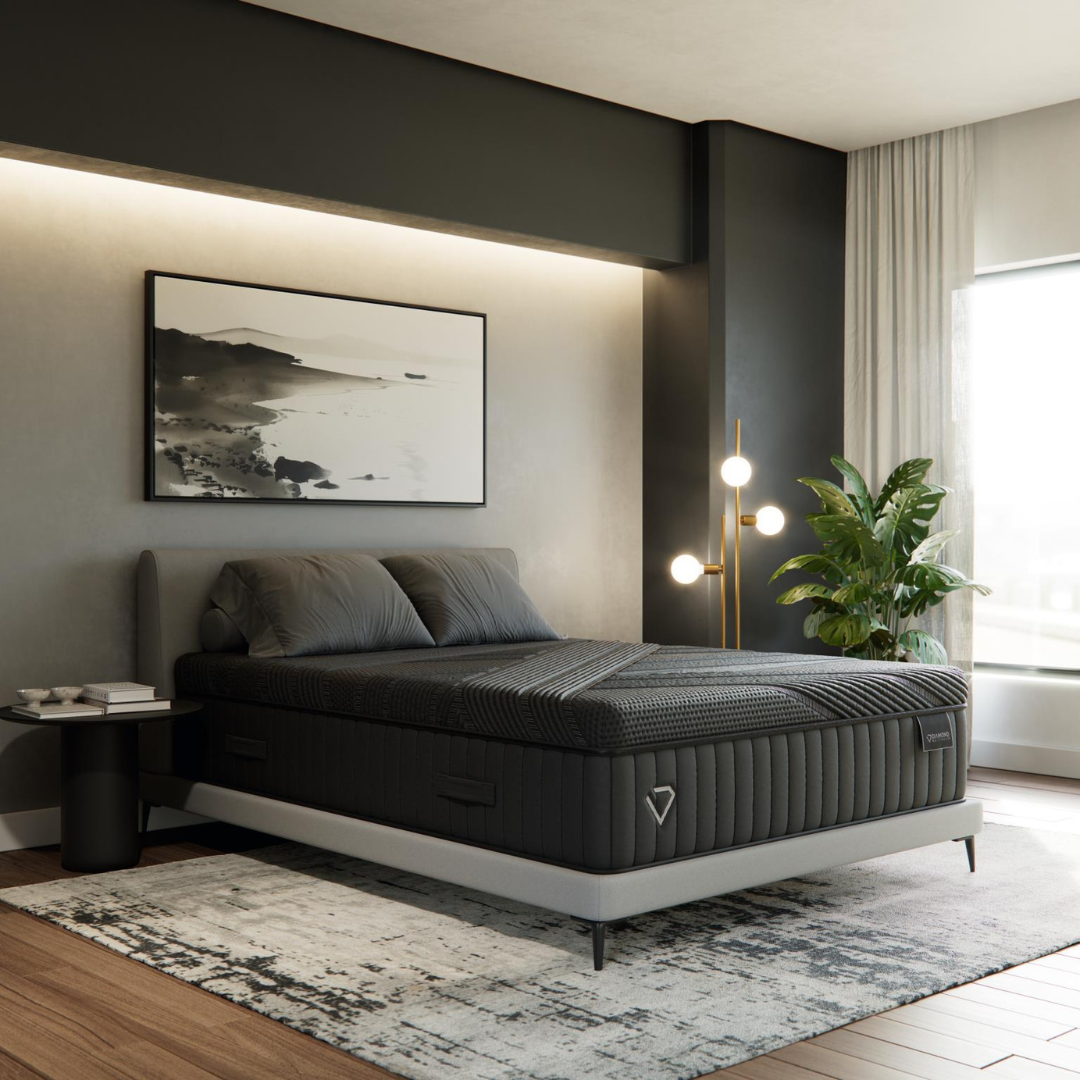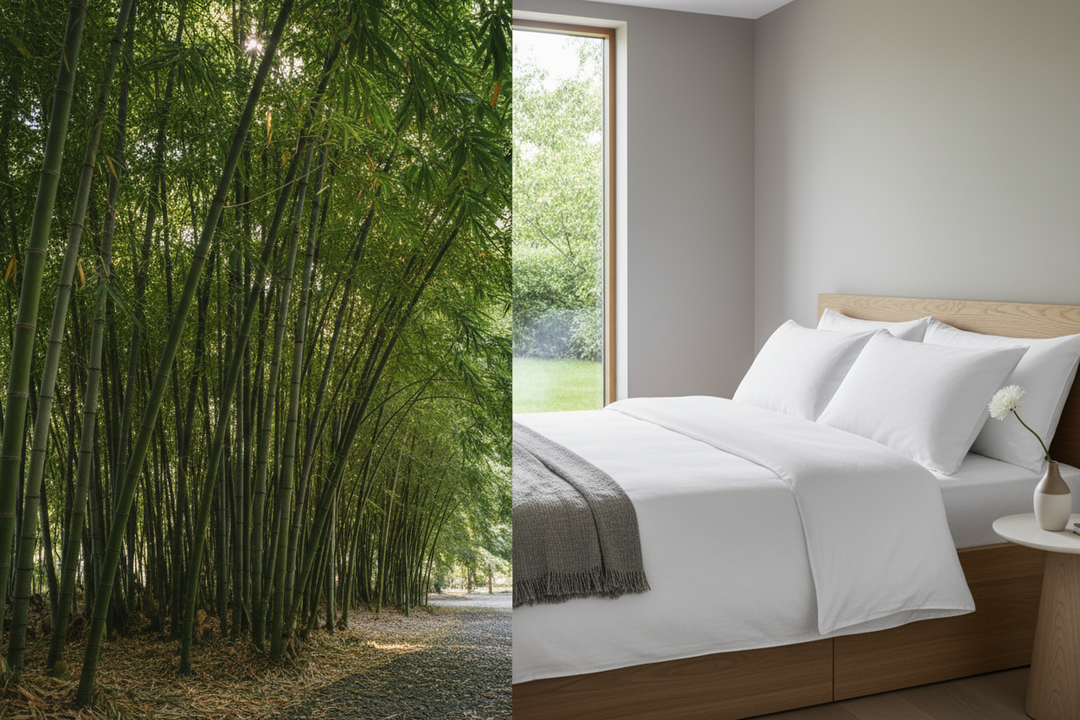Bamboo vs. Cotton Sheets: Your Ultimate Guide to Eco-Friendly, Cozy Bedding
Switching between bamboo and cotton bedding can dramatically influence your sleep quality, skin health, and environmental footprint. This guide breaks down how bamboo and cotton sheets compare in softness, cooling, durability, wellness benefits, sustainability, and cost—so you can confidently choose the fabric that matches your lifestyle.
Bamboo vs. Cotton Sheets: Quick Comparison
| Feature | Bamboo Sheets | Cotton Sheets |
|---|---|---|
| Softness | Silky-smooth, drapey | Ranges from crisp (percale) to soft (Egyptian/Pima) |
| Cooling | Excellent breathability & moisture-wicking | Good (percale), Fair (sateen) |
| Sustainability | Highly renewable, low water use | Conventional cotton = heavy water/pesticide use; organic cotton better |
| Durability | Strong, resists pilling when cared for | Durable (long-staple), but prone to shrinking/pilling |
| Cost | Higher upfront, long-term value | Budget to luxury range |
| Hypoallergenic | Naturally antibacterial, dust-mite resistant | Organic cotton can help, but less resistant to allergens |
Fabric Origins & Crafting
How Bamboo Sheets Are Made
Bamboo sheets begin with stalks of fast-growing bamboo grass. Eco-friendly processes turn these into silky fibers that naturally wick away moisture and regulate temperature. Bamboo thrives without pesticides, grows back rapidly, and needs far less water than cotton, making it one of the world’s most sustainable textiles.

How Cotton Sheets Are Made
Cotton sheets start with fibers from cotton bolls. These are spun into yarn, then woven into percale (crisp) or sateen (smooth) fabrics. Different cotton types impact softness and durability:
| Cotton Type | Feel | Durability | Cost |
|---|---|---|---|
| Egyptian Cotton | Luxurious, silky | Very durable | Premium |
| Pima Cotton | Smooth, strong | High | Mid-high |
| Upland Cotton | Common, crisp | Moderate | Affordable |
| Organic Cotton | Soft, chemical-free | Durable | Mid |
Comfort & Softness
Are Bamboo Sheets Softer Than Cotton?
Yes—bamboo sheets often feel softer straight out of the package thanks to their naturally round fibers. They drape like silk and maintain a plush touch without needing ultra-high thread counts.
Cotton’s Range of Softness
Cotton’s feel depends on fiber length and weave. Egyptian and Pima cotton can be nearly as soft as bamboo, but common upland cotton feels crisper.

| Fabric Type | Softness Level | Key Factor |
|---|---|---|
| Bamboo | Exceptionally soft | Round fiber cross-section |
| Egyptian Cotton | Very soft | Extra-long staple fibers |
| Pima Cotton | Soft | Long staple |
| Upland Cotton | Crisp to soft | Medium staple |
Cooling & Breathability
Hot sleeper? This is where bamboo shines. Its fibers have micro-gaps that let air circulate freely while pulling moisture away from the body. The result: drier, cooler nights.
Cotton also breathes well, but performance depends on weave. Percale feels crisp and airy, while sateen traps more heat.
| Fabric | Breathability | Moisture-Wicking |
|---|---|---|
| Bamboo | Excellent | High |
| Percale Cotton | Good | Moderate |
| Sateen Cotton | Fair | Low–Moderate |
Image suggestion: Overhead shot of a bed with bamboo sheets on one side, cotton percale on the other.
Durability & Care
How Long Do Bamboo vs. Cotton Sheets Last?
-
Bamboo: Long-lasting, resists pilling if washed on gentle cycles.
-
Cotton: Egyptian/Pima hold up well; upland cotton pills and thins faster.
Care Tips
-
Bamboo Sheets: Cold wash, gentle cycle, mild detergent. Tumble dry low or line dry. Avoid bleach and fabric softeners.
-
Cotton Sheets: Can handle warm washes and medium dryer heat, but high temps may shrink fabric.

Health & Wellness Benefits
Are Bamboo Sheets Hypoallergenic?
Yes—bamboo contains natural antimicrobial properties that resist bacteria, mold, and dust mites. This makes them ideal for sensitive skin, eczema, or allergy sufferers.
Cotton is breathable, but unless organic, it may carry chemical residues and is less resistant to allergens.
Bamboo for Night Sweats & Skin Irritation
Because bamboo sheets wick moisture and dry quickly, they reduce irritation from sweat buildup and heat rash—something cotton doesn’t always manage as effectively.
Sustainability & Eco-Impact
Why Bamboo Is Eco-Friendly
-
Grows rapidly without replanting
-
Uses up to 50% less water than cotton
-
Requires little to no pesticides
-
Many fabrics made in closed-loop systems that recycle solvents
How Cotton Compares
Conventional cotton is one of the most resource-intensive crops: heavy irrigation and pesticide use. Organic cotton is more sustainable, but still demands more land and water than bamboo.

Cost & Long-Term Value
Upfront Price
-
Bamboo sheets: 20–40% more expensive than mid-range cotton.
-
Cotton sheets: Range from budget (upland) to luxury (Egyptian/Pima).
Value Over Time
-
Bamboo: Resists pilling, color fading, and shrinkage—lasting longer with proper care.
-
Cotton: Long-staple varieties hold up, but budget options often wear out quickly.
Who Should Choose Bamboo vs. Cotton?
Bamboo Sheets Are Best For:
-
Hot sleepers
-
Allergy/sensitive skin
-
Eco-conscious buyers
-
Luxury feel seekers
Cotton Sheets Are Best For:
-
Budget-conscious shoppers
-
Traditionalists who like crisp percale
-
Organic cotton fans
-
People who prefer easy-care fabrics
Frequently Asked Questions
Are bamboo sheets cooler than cotton?
Yes. Bamboo’s micro-gaps and moisture-wicking make it cooler and drier, especially for hot sleepers.
Are bamboo sheets softer than cotton?
Bamboo’s round fibers give it a silky softness—often softer than most cottons except high-end Egyptian or Pima.
Are bamboo sheets good for sensitive skin or allergies?
Yes. Naturally hypoallergenic and antibacterial, bamboo sheets resist dust mites and reduce irritation.
How do you wash bamboo sheets?
Cold water, gentle cycle, mild detergent. Tumble dry low or line dry.
Do bamboo sheets last longer than cotton?
Often yes—bamboo resists pilling and shrinkage, outlasting mid-range cotton with proper care.
Are bamboo sheets worth the price?
Given their softness, cooling, durability, and eco-benefits, most sleepers find bamboo a smart long-term investment.
Conclusion

Bamboo bedding combines silky softness, cooling breathability, hypoallergenic comfort, and sustainable production—all in one. Cotton offers variety, tradition, and affordability but can’t match bamboo’s eco-footprint or consistent softness.
👉 Ready to upgrade your sleep? Explore Bamboo Is Better’s premium bamboo sheet collection and find the eco-friendly bedding that supports both your rest and the planet.





